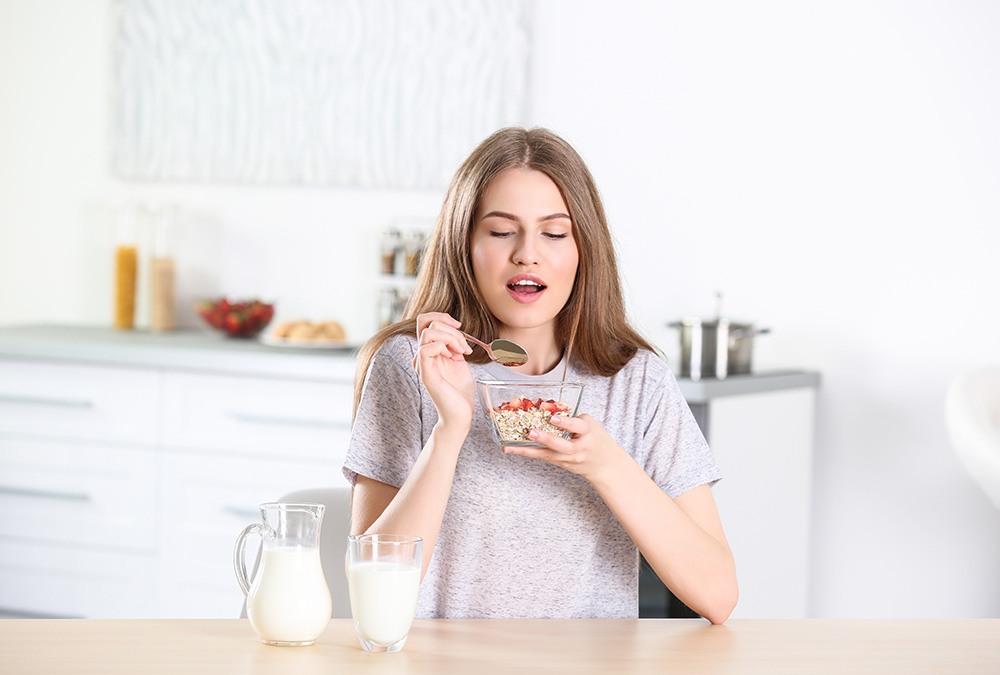Mon - Fri 9.00 - 17.00
Call us +1 (888) 825-9321

The premise of the keto diet involves eating fat to lose fat—a novel concept that’s been around for decades (since the 1920s in one form or another!). In order to kick your body into ketosis, you not only need to eat above-the-norm amounts of fat, but you also need to eat super low-carb. High fat coupled with high carb will leave you with nothing but fat on your frame.
Knowing how many carbs you can eat while on the keto diet can get confusing. And because your carb calories are so limited on the keto diet, you’ll want to make sure you get them from the tastiest and most nutritious of foods.

While on a ketone diet the main thing to remember is this: the primary goal is to push your body into the physiological state of ketosis. Unfortunately (for our carb-lovers at least) this process comes with a significant catch:
In order to induce your body to stop burning carbs as fuel and program it to turn to ketones for fuel instead, keto-dieters will need to bring their carb levels down to around 50 grams per day.
“Consuming no more than 50 grams of carbohydrates daily is typical of a low-carb, ketogenic diet. This type of meal plan (is effective in altering) the way your body uses energy. If you limit your carb intake to 50 grams or less per day, (the body begins to utilize fat instead) as the primary energy source,” says Janet Renee, MS, RD.
(Renee also notes that a low-carb program may not be appropriate for people who are required to limit protein intake due to kidney problems.)
However, there are multiple methods of achieving your desired result.
The 50-gram recommendation above is hardly the final word; in fact other experts like registered dietitian and power-lifter Adam Yezer advise keeping your carbs below 30 grams per day.
To simplify things a bit, this is how the classic ketogenic diet breaks down in terms of the percentages of specific nutrient types that need to be consumed per day:
So how do these percentages break down gram-for-gram?
To determine that, you’ll first need to calculate what your total daily calorie intake should be while on the keto diet; it’s a formula that’s based on key considerations like age, height, weight, and activity level.
Here’s a helpful Keto Macro Calculator. (Note that this app recommends that you choose the Standard Ketogenic Calculator option.)

To further complicate the issue, there’s also a total vs. net carb distinction.
“Total carbs” refers to the number of grams of total carbohydrate in a serving expressed to the nearest gram (according to the FDA), while “net carbs” refers to total carbs without fiber.
Our recommendation here is simple: don’t let subtle distinctions like these become an unnecessary source of anxiety. After all, when it comes to tracking carbs, the whole gross vs. net carb checklist can get over-complicated in a hurry. So, make it easy on yourself by simply counting gross carbs, as that’s how most online calculators do it anyway.
However, here’s how you can utilize a net vs. total carb distinction to determine your maximum daily carb limit if you’re so inclined.
This option works by starting from a low level of net carbs (or less than 20 grams per day, to ensure that your body quickly enters ketosis) and—once ketosis is detected (usually about 2-3 days)—adding net carbs (of about 5 grams each week).
You keep adding net carbs until you detect a very low-level or no ketones (using Ketostix or a blood ketone meter).
In addition to coming highly recommended, this method is usually the most reliable and quickest way to discover your net carbs limit, according to the Keto Diet App.
This version assumes that you’re not already in ketosis.
Here’s how it works: you start from a relatively high level of net carbs (i.e., 50 grams) and reduce these (by about 5 grams each week) until you detect the presence of ketones.
While this approach is less difficult, in order to follow it, you may end up spending a long time out of ketosis before you determine your net carbs limit.

Okay okay, we get it, you’re ready to start eating carbs and while they’ll be restricted, the silver lining is that you’ll still be able to do so.
Here are carb sources that are okay to eat while on the keto diet (provided it’s with moderation):
What’s more, there’s even room for novelties like coconut and edamame (aka unprocessed green soybeans).

While there isn’t much wiggle-room in the numbers above, by abiding by them you’re much more likely to be able to wiggle back into your favorite little black dress (or stay looking svelte in those undersized T-shirts if you’re a guy).
And that’s never a bad thing.
So, go ahead and consume your carbs, just do so responsibly.
Here’s a shovel for digging up those nightshades.